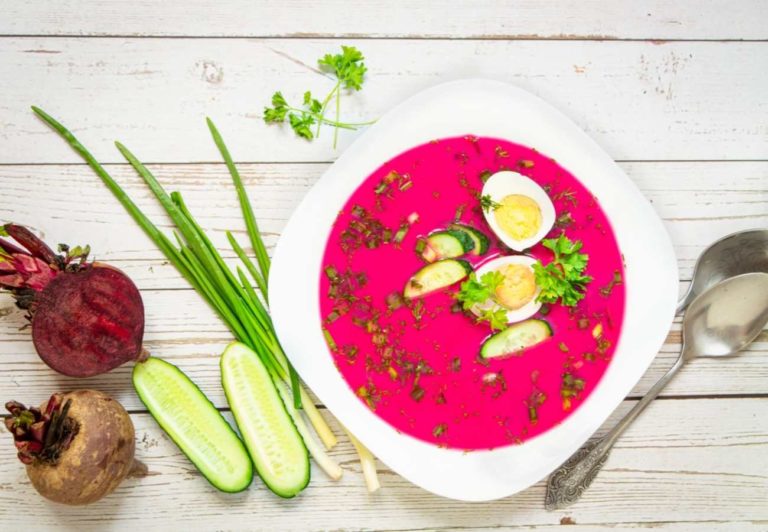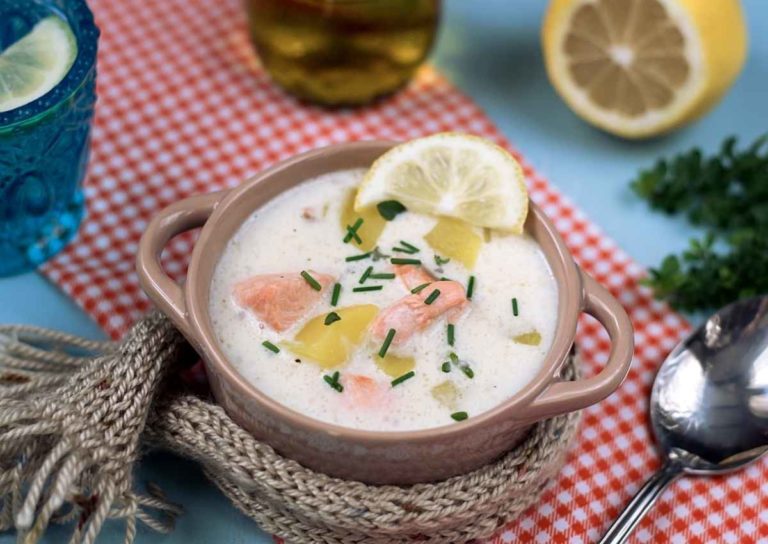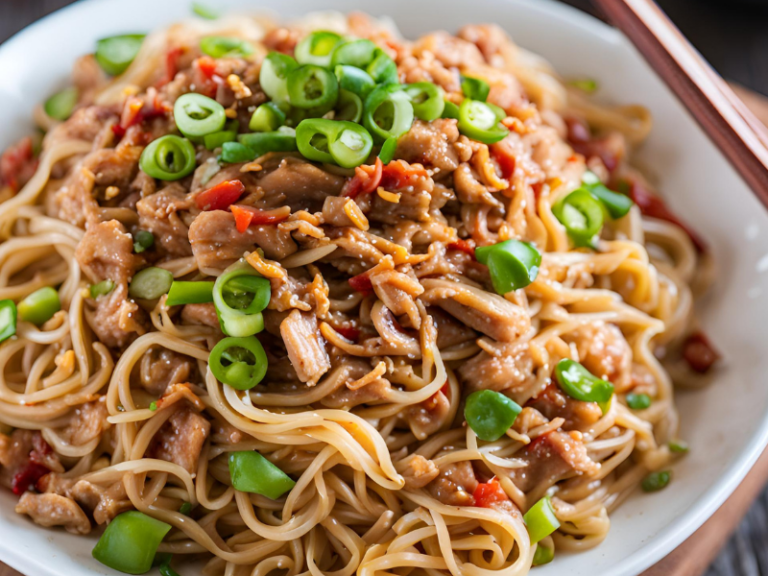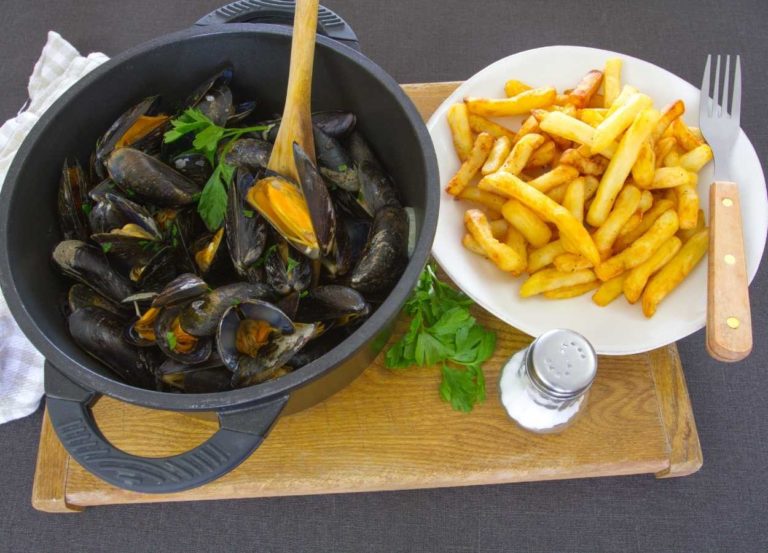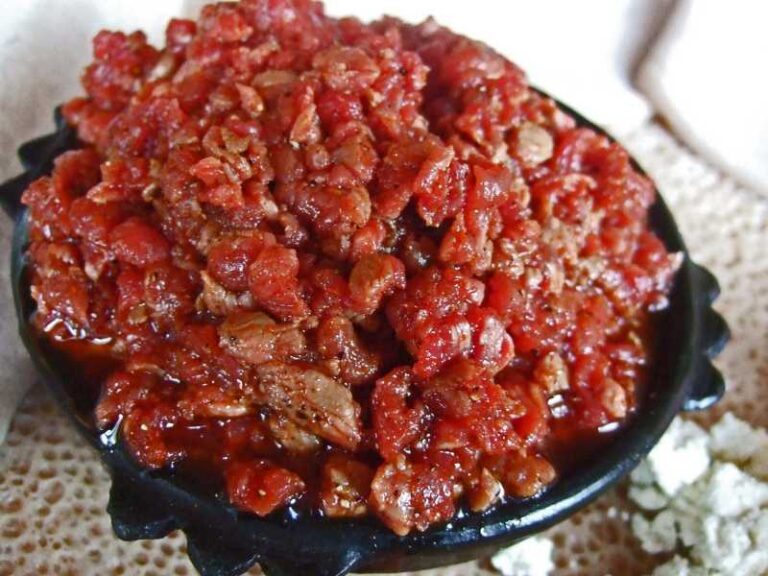South Sudanese Food: 10 Traditional Dishes of South Sudan
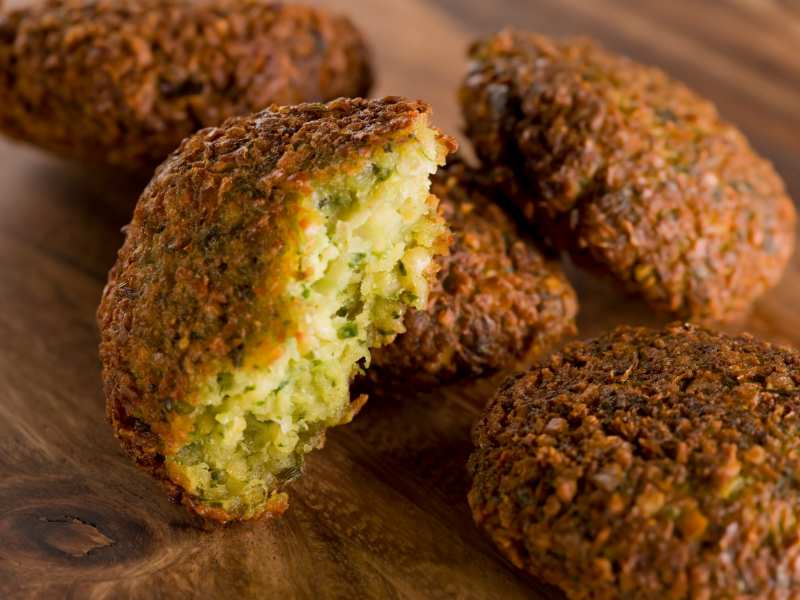
Newly independent and rich in both cultural and natural resources, South Sudan is a land-locked country lying in the northeast of Africa. It gained independence from neighboring Sudan in 2011, but boasted a unique mix of cultures and peoples that make the country unique long before that.
South Sudan has a long history of civilization, with many modern South Sudanese descendants of the Nubians, believed to be one of the first cultivators of wheat.
The country’s culture and cuisine show Middle Eastern and East African influences, as well as influences from Islam and Christianity. With many rivers and lakes, along with vast grasslands great for agriculture, South Sudan has a cuisine that reflects its diverse geography and farming culture.
True to their claim of being some of the oldest cultivators of grains, South Sudanese cuisine centers itself around grains. Millet, wheat, and sorghum make up a majority of South Sudanese meals.
Many South Sudanese dishes can be labor intensive and can take hours to prepare from scratch, as many of the grains are prepared at home.
The stews and sauces, as well, take hours to cook. Hot tea is a common drink and is enjoyed at any time of day.
A typical South Sudanese meal typically consists of a large portion of grain and accompanying sides of meats, often grilled or cooked into stews, as well as salads. Chicken, mutton, and beef are used in most meat dishes, along with an assortment of spices.
It is not surprising that, due to its size, population, and vast geography, there are many regional differences within South Sudanese cuisine. Fish are incorporated into everyday diets near rivers and lakes, with fish stews such as Kajaik.
In the capital city of Juba and other urban areas, cassava and bananas are easier to find. Across the country, peanuts are also a staple crop and are used in soups, stews, salads, and sauces.
Kissra
Kissra is a fermented flatbread made with sorghum flour, enjoyed in South Sudan as a staple food and the national dish. It goes great with heavy stews, as its sponge-like texture soaks up the stew’s flavors.
Once made, the Kissra flatbread is sturdy and can easily hold the heavier meat and vegetable side dishes with which it is often enjoyed. The method of preparing it properly, however, can take some practice.
It takes two forms: the most popular being in its flatbread form, which is often eaten with meats, vegetables, and stews. This flatbread version of Kissra is called kissra rhaheeefa and is comparable to injera. The other form is a thick porridge known as kissra aseeda.
Asida
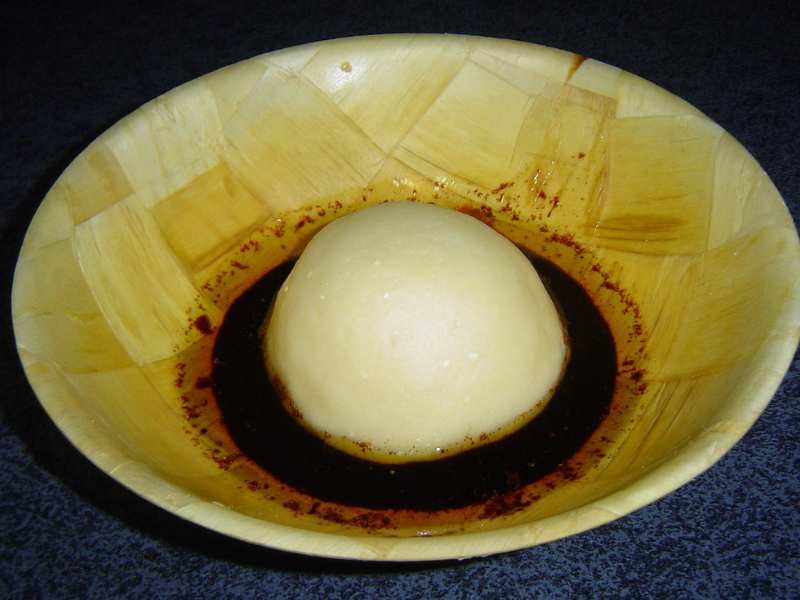
Asida is a dish made with flour, water, and salt that is combined into a doughy dumpling and steamed or baked.
It is a staple dish of South Sudanese cuisine which is incorporated its many other meals. It is enjoyed with nearly any South Sudanese recipe including meats, stews, and soups.
Asida’s doughy form, once cooked, is easy to shape by hand. It is eaten by tearing a piece from the larger cooked ball of dough, shaping it into a scoop, and using that to eat your stew. Similar to fufu, this staple food is also popular in other East African and Middle Eastern countries, such as Libya, Algeria, and Ethiopia.
Ful Medames
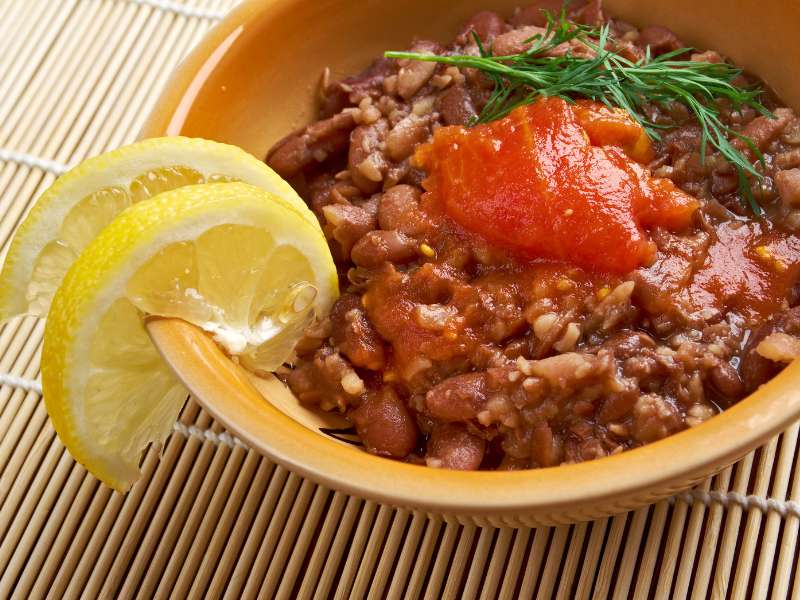
Ful Medames is a dish consisting of seasoned fava beans mixed with tomato and onions, simmered together for hours before being topped with egg, feta cheese, and arugula.
Ful Medames is great for large parties where it can be served with vegetables as a side or, more commonly, as a bean dip for flatbreads.
Although its exact origin is still unknown, its immense popularity in several countries including Egypt and Lebanon, suggests that it has been around for centuries and spread from its origin throughout the centuries. Some even believe it dates back to the time of the Pharaohs.
Kajaik
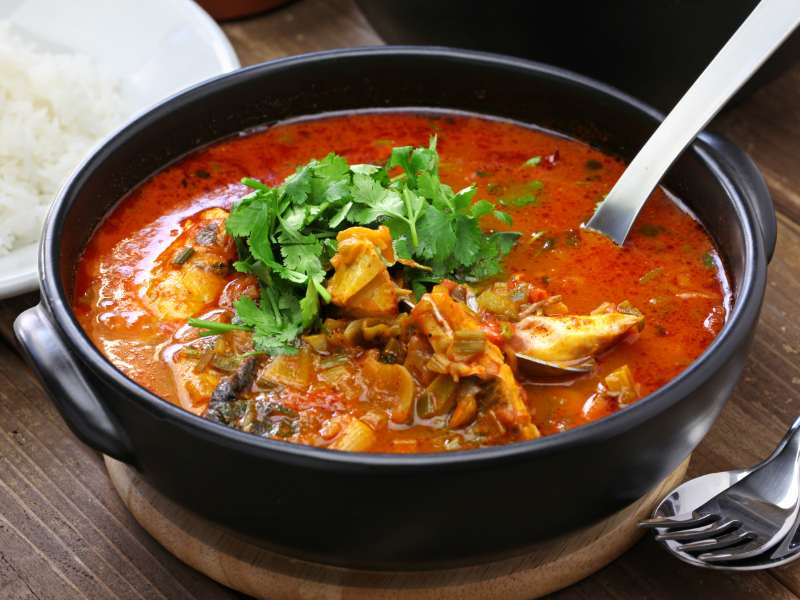
Kajaik is a fish stew native to South Sudan, made using freshwater fish from the nation’s many lakes and rivers. It consists of freshwater fish, usually dried, and vegetables mixed into coconut water and a tomato-based broth. Shellfish are sometimes added when available, and the stew is flavored with an assortment of spices and curries.
Due to South Sudan’s new status as an independent nation and long shared history with Sudan, as well as the area’s previous cultural mixing with the Middle East, it is hard to pinpoint many dishes as uniquely South Sudanese.
Kajaik, however, is a shining and flavorful example of popular South Sudanese cuisine native to the young country itself.
Salaat Sabadi
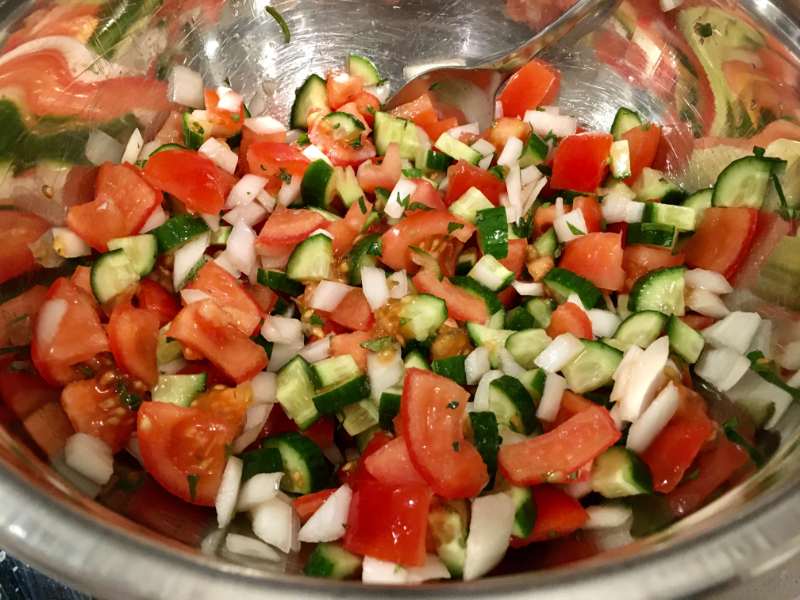
Salaat Sabadi is a salad made with vegetables and fresh herbs, tossed with a spicy vinegar-based marinade. Originally from Egypt, this dish is also enjoyed in the urban areas of South Sudan and is easily found and sold alongside falafel. It is easy to make and employs ingredients that are common in urban South Sudanese households.
In more rural households, this meal might be enjoyed with the vegetables available in that season. It can be eaten as a snack but is most often enjoyed as a meal with meat or falafel.
Swala
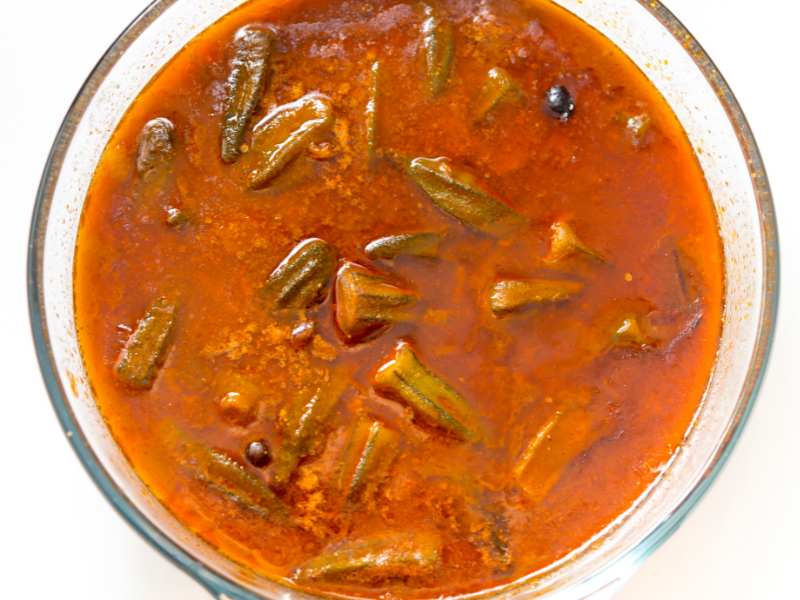
Made with kombo, a specialty of the Yei tribe of South Sudan, Swala is a salty soup consisting of onions, tomatoes, and okra, boiled together and lightly seasoned. The key to the soup is the kombo, a salt with a unique taste and creation process.
Kombo is made by passing water through ashes, creating a very alkaline mixture that breaks down leafy greens and vegetables easily. This makes it great for this okra soup, which can be whipped up in as little as twenty minutes.
Tamiya

Also known as falafel across the Mediterranean and Ta’ameya in Egypt, Tamiya is the South Sudanese take on this chickpea-based fritter. Tamiya is often made at home in South Sudanese households, though it is also a popular street food in urban areas.
Tamiya is eaten alongside a mixed salad such as Salaat Sabaadi or flatbread such as kissra. It is enjoyed for lunch or dinner.
Mandazi
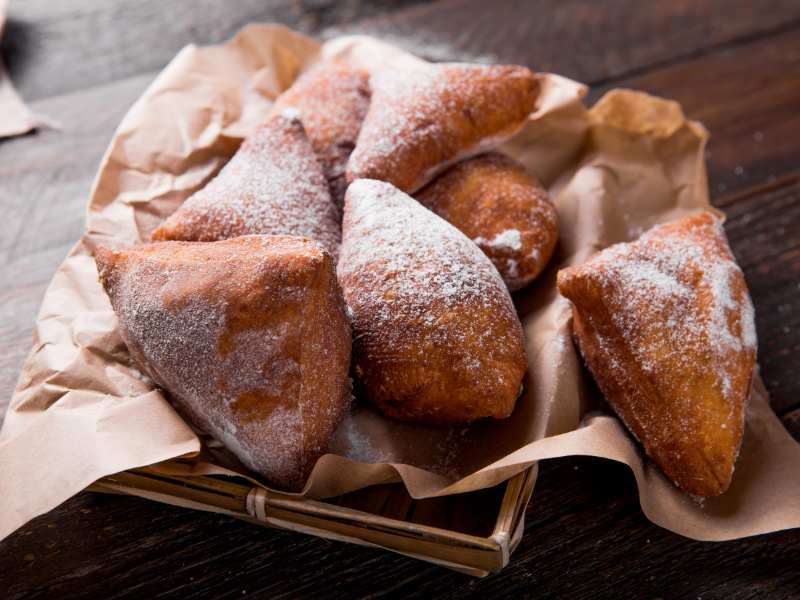
Mandazi is a fried pastry topped with cinnamon sugar or honey, typically sold as a street food. It gets its sweet flavor from the cinnamon and coconut milk mixture in the dough. It has a soft and fluffy texture on the inside and a crispy fried outside.
Some variations of mandazi will add cardamom to the dough as well. Mandazi is an iconic street food throughout the alleys of Joba, the capital of South Sudan. They are best served with chai tea or a cup of coffee.
Kahk
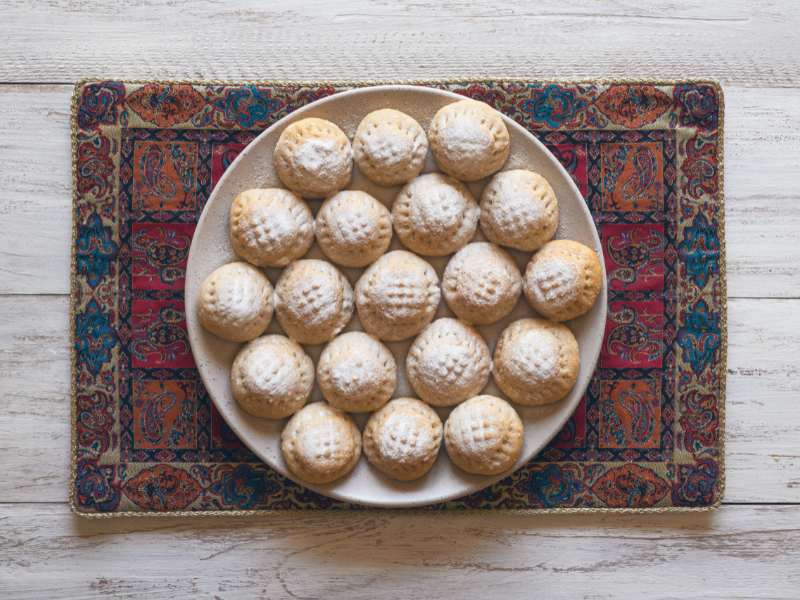
Kahk is a flaky, crumbly cookie made with ghee, sugar and flour. They are dusted in powdered sugar yet still remain only mildly sweet due to the little sugar used in the dough. Some choose to add further flavor with spices such as vanilla, cardamom, anise, or cloves.
These cookies are enjoyed year-round and are often accompanied by hot coffee or tea.
Ful Sudani
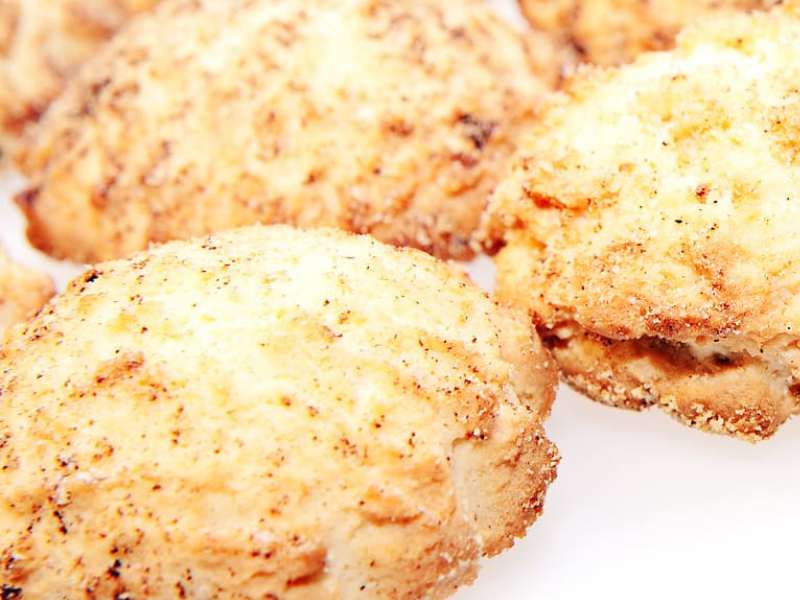
Ful Sudani is a light and fluffy macaroon dessert made with peanuts, eggs, and sugar. With peanuts being a widely grown crop in South Sudan, these legumes are a staple in most households. Ful Sudani is a quick and convenient treat to whip up.
This dessert has a nutty flavor and many choose to sweeten it with vanilla extract. It is often eaten as an afternoon snack or after evening meals, along with a cup of hot tea.

